In today’s dynamic stock market, discerning investors consistently seek the top small cap stocks, known for potentially offering robust returns and playing a crucial role in portfolio diversification strategies. As the financial landscape evolves, the significance of these stocks has been increasingly underscored by their flexibility and potential for growth in the face of market volatility. Particularly within the context of the Russell 2000 index, a barometer for the performance of small-cap U.S. stocks, there lies a compelling narrative of resilience and opportunity for those aiming to capitalize on the shifts within the market ecosystem.
This article will delve into the intricacies of small-cap stocks versus their mega-cap tech counterparts, exploring the Russell 2000 index’s performance and its implications on today’s stock market. By examining the impact of inflation data, highlighting top small cap value and growth stocks, and analyzing their role within the broader iShares Russell 2000 ETF framework, readers will gain a comprehensive understanding of the conditions propelling the rotation trend favoring small caps. Ultimately, this exploration aims to arm investors with the knowledge needed to navigate stock market performance and identify top small cap stocks poised for prominence in a continually fluctuating economy.
Russell 2000 Index Performance
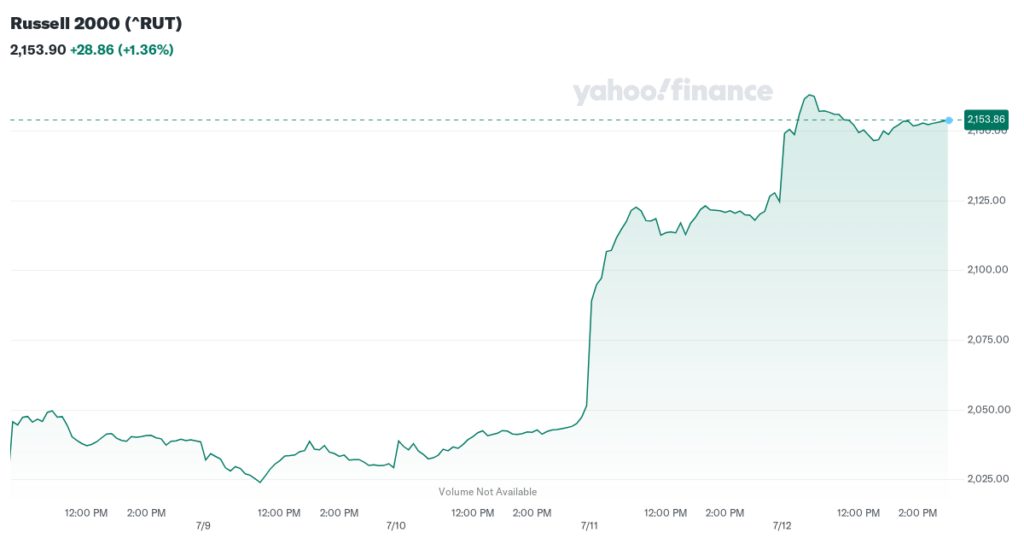
The Russell 2000 Index, a barometer for the U.S. small-cap market, has shown notable fluctuations in its performance over recent years. In 2023, the index saw a significant recovery, posting a 15.1% gain after a sharp decline of 21.6% in the previous year [1]. This rebound was supported by falling interest rates and optimistic economic forecasts, suggesting a potential soft landing scenario that helped mitigate earlier losses [1].
Russell 2000 Recent Gains
In a striking turnaround, the Russell 2000 jumped 3.6% on a single Thursday, influenced heavily by investor rotation from mega-cap tech stocks to smaller companies, which are often seen as benefiting more from Federal Reserve rate cuts [2]. This movement was not just a short-term gain but part of a broader trend indicating a shift in investor preference towards small-cap stocks in the current economic climate [2].
Russell 2000 Technical Analysis
Technical analysis of the Russell 2000 reveals a decisive breakout from a symmetrical triangle pattern, indicating a bullish trend for the index. The breakout suggests a shorter-term target of 2,295 and a longer-term target around 2,500, signaling strong upward momentum [2]. However, during retracements, the index might retest the triangle’s top trendline near 2,080, which could serve as a critical support level for future movements [2].
Russell 2000 Future Projections
Looking ahead, the Russell 2000 is forecasted to experience fluctuations but maintain a positive trajectory. Projections for the coming months show a gradual increase, with the index expected to reach 2,092 by August 2024 [3]. Despite potential volatility, the overall forecast remains optimistic, suggesting that the index will continue to be a significant component of the U.S. stock market landscape [3].
Small Cap Stocks vs. Mega-Cap Tech
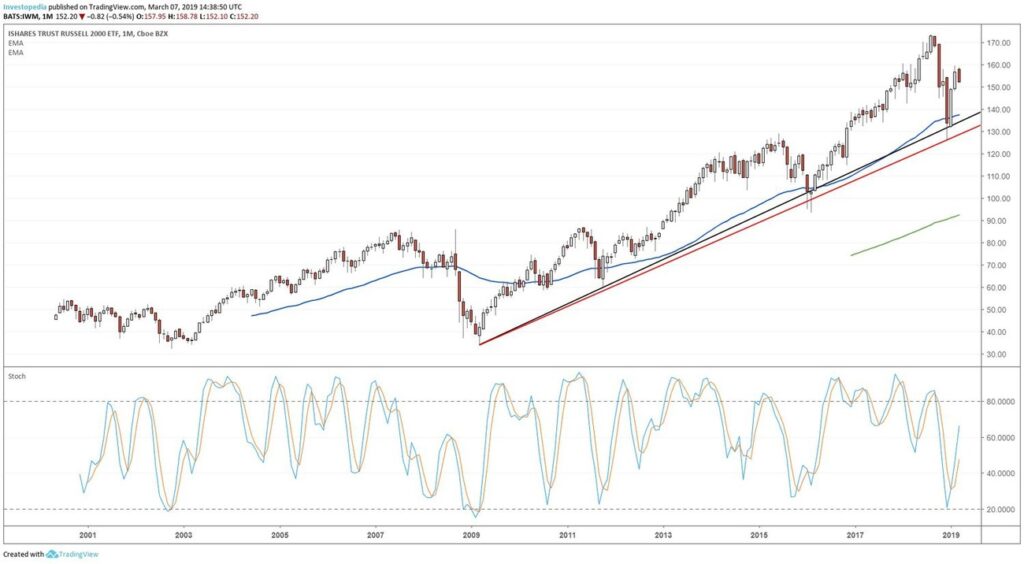
Performance Comparison
Small cap stocks, particularly during periods of market correction, have experienced more significant declines compared to their mega-cap tech counterparts. For instance, after a market peak, small caps and early growth companies saw reductions far exceeding the broader market’s 10% decline, with some dropping nearly 30% from their peak [4][5]. In contrast, large-cap technology stocks have generally maintained better resilience due to their robust cash flows and lower volatility, often trading with the broader market’s fluctuations [4].
Sector Rotation Trends
The rotation from mega-cap tech stocks to small caps has been notably influenced by changes in interest rates and investor strategies. As interest rates surged, the valuation of early growth companies suffered disproportionately due to their distant cash-flow prospects, making them less attractive compared to established tech giants with immediate cash flows and solid earnings [4]. However, small caps have historically rebounded strongly post-recession, outperforming large caps by significant margins, which suggests a potential shift in investor preference towards these stocks in anticipation of economic recovery [5].
Investment Strategy Implications
Investors are increasingly recognizing the value in small caps, which are often at attractive valuations and poised for performance spikes post-downturn. These stocks are seen as benefiting from structural economic shifts like deglobalization and reshoring, which could lead to enhanced performance in certain sectors [5]. Moreover, the historical data suggests that small caps perform well in environments with moderate inflation, benefiting from the associated economic growth more than their larger counterparts [5]. This makes them a compelling option for investors looking to diversify and potentially capitalize on cyclical business advantages.
Impact of Inflation Data
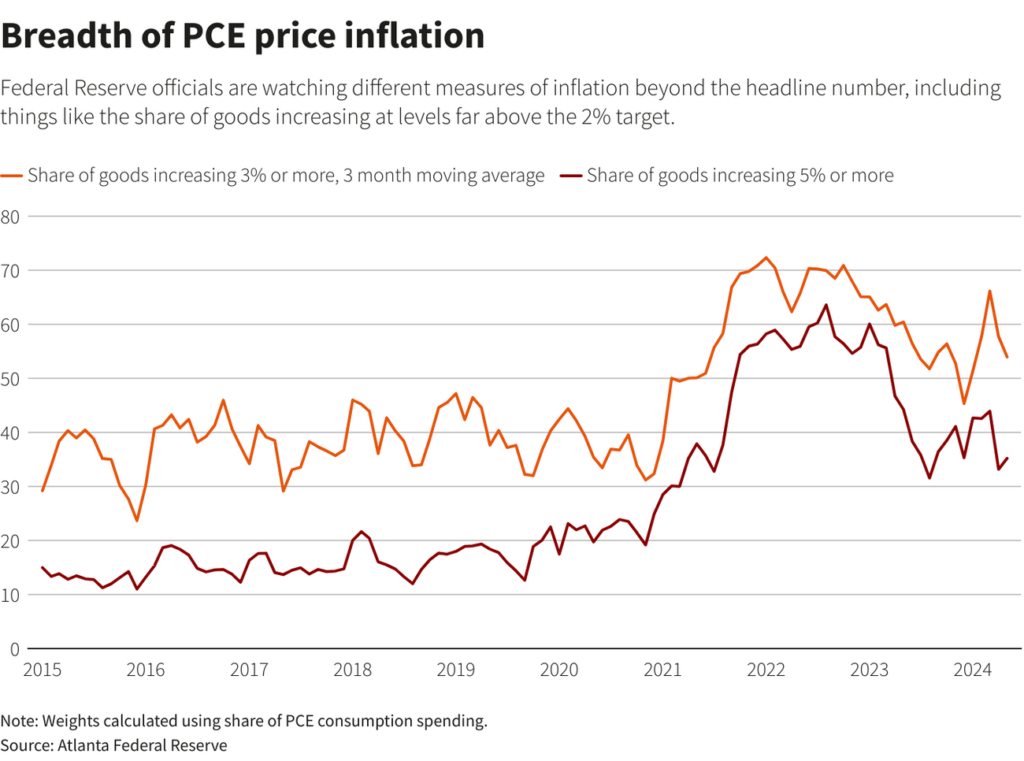
June CPI Report Analysis
The June Consumer Price Index (CPI) report highlighted a significant inflation rate, with the headline CPI surging to 9.1% year-over-year, marking the highest rate since November 1981 [6]. This persistent high inflation suggests that the Federal Reserve may continue its aggressive interest rate hikes to manage the economic temperature.
Inflation’s Effect on Small Caps
Small-cap stocks have been notably impacted by inflation, as these entities are generally more sensitive to rising costs and interest rates [6]. The increase in the CPI has led to heightened costs for small caps, which could potentially squeeze their financial operations and overall market performance.
Federal Reserve Policy Implications
In response to the ongoing inflation challenges, the Federal Reserve has maintained a hawkish stance, keeping the federal funds rate at 5-1/4 to 5-1/2 percent [7]. The central bank is committed to achieving a 2 percent inflation rate over the long run and remains vigilant, ready to adjust monetary policies as necessary to stabilize the economy [7]. The Fed’s decisions are crucial as they affect not only macroeconomic stability but also the strategic positioning of small-cap stocks within the broader market.
Small Cap Value Stocks
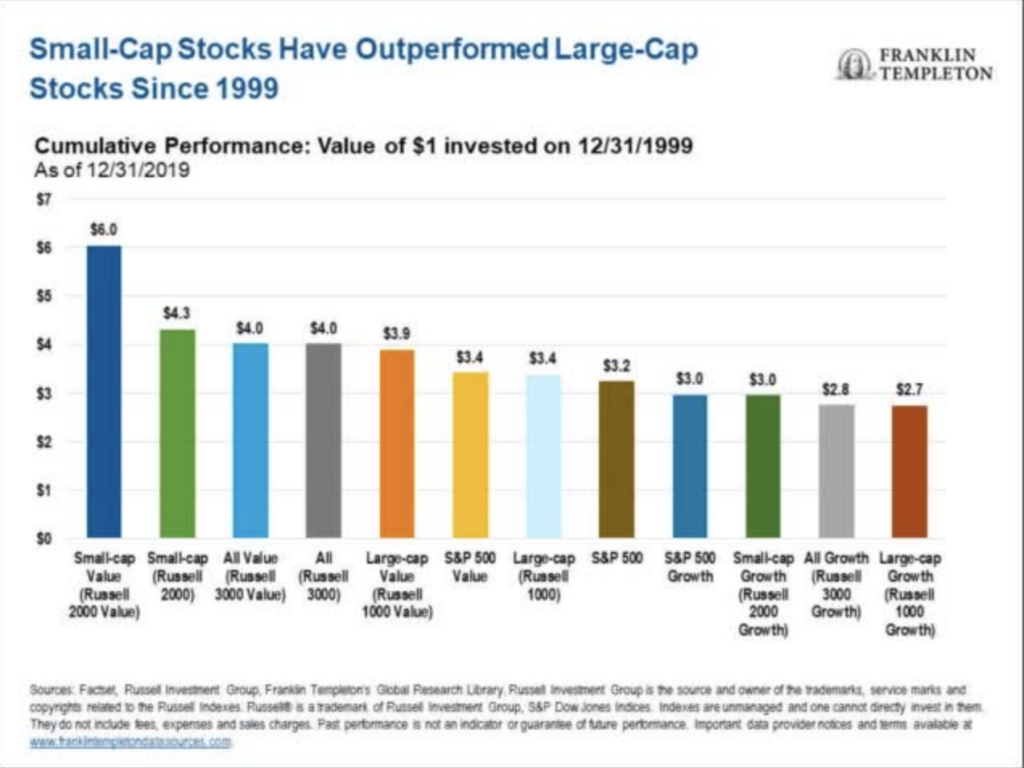
Small cap value stocks, recognized for their potential to outperform larger market indices, have historically provided investors with substantial returns [8]. This category includes companies with market capitalizations typically ranging from $300 million to $2 billion, which are often overlooked by mainstream analysts and investors, thereby presenting unique opportunities for value discovery [9].
Value Stock Characteristics
Value stocks are characterized by their low price-to-earnings ratios, price-to-book ratios, and other valuation measures that suggest they are undervalued compared to their historical performance or intrinsic value [9]. Small cap value stocks are particularly appealing because they allow investors to engage with up-and-coming companies that possess significant room for growth, offering the potential to evolve into mid-cap or large-cap stocks [10].
Top Performing Value Stocks
Investing in small cap value stocks through index funds has proven to be a safer and potentially more lucrative approach than investing in individual large-cap stocks. These funds are designed to capture the aggregate performance of small cap value stocks, thereby mitigating the risk associated with individual companies [8]. Historical data shows that small cap value stocks frequently outperform their larger counterparts, especially during economic recoveries [8].
Value Investing Strategies
The strategy behind value investing in small cap stocks involves identifying companies that the market has undervalued. Investors who adopt this approach must be prepared for higher volatility and potential liquidity issues, but the rewards can be significant if the market corrects these valuations over time [9]. It’s important to note that small cap value ETFs, which are passively managed to track specific small cap value indices, offer a practical entry point for investors looking to exploit these market inefficiencies with lower expense ratios [9].
In conclusion, while small cap value stocks carry a higher risk and volatility, they remain a vital part of a diversified investment portfolio, particularly for those who are looking to potentially benefit from market cycles and economic shifts.
Small Cap Growth Stocks
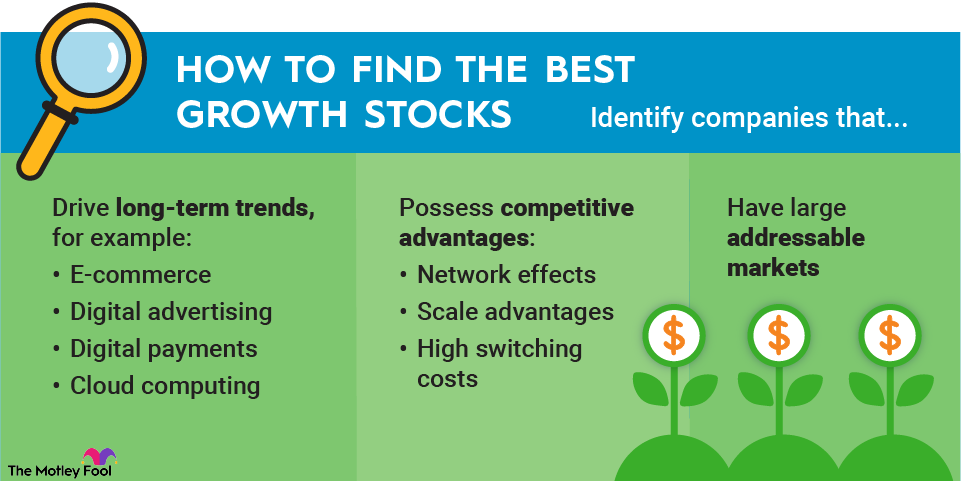
Growth Stock Fundamentals
Small-cap growth stocks, typically with market capitalizations between $250 million and $2.5 billion, represent a segment of the market with substantial growth potential. These companies are often in their early stages and may be less stable than larger, established firms. They tend to have higher volatility and more dramatic fluctuations in stock values, but with greater potential for significant returns over time [11][12].
Leading Small Cap Growth Stocks
Notable examples of successful small-cap growth stocks include CarParts.com and ACM Research. CarParts.com has been expanding its distribution capabilities and leveraging a semiconductor shortage to boost growth, targeting 20% to 25% revenue growth and 8% to 10% adjusted EBITDA [11]. ACM Research, on the other hand, offers a strategic entry into the high-growth semiconductor industry, providing essential equipment with a strong presence in China, which enhances its growth prospects and profitability [11].
Growth Stock Selection Criteria
Investors looking for growth in small-cap stocks should focus on companies with robust revenue growth, a solid track of upward trending net income, and reasonable valuation metrics like P/E and P/S ratios. It’s also crucial to consider the total addressable market (TAM) and the company’s potential to expand into new markets or lines of business [13]. Selecting stocks that have shown consistent past price appreciation and possess a clear growth trajectory can significantly enhance investment outcomes in this volatile segment [13].
Conclusion
Throughout this exploration, we’ve unveiled the pivotal role small cap stocks, both in the value and growth segments, play within the broader fabric of the stock market. By diving into the intricacies of the Russell 2000 index’s performance, the nuanced comparison between small caps and their mega-cap counterparts, and the impact of inflation data, we’ve established a compelling case for the inclusion of these securities in a diversified investment portfolio. Whether through the lens of value investing or targeting growth opportunities, small cap stocks emerge as a dynamic asset class capable of navigating economic fluctuations and delivering potential upside in a changing market landscape.
As investors continue to seek avenues for robust returns amid a backdrop of global economic shifts, the inherent volatility and opportunities presented by small caps cannot be overlooked. The strategic insights gleaned from analyzing small cap value and growth stocks underscore the significance of meticulous selection and timing in harnessing their full potential. Moving forward, the adaptability and foresight demonstrated in leveraging these investment opportunities will be paramount in capitalizing on the cyclical trends that characterize the evolving economic environment.
FAQs
What are the current top small-cap stocks to consider investing in?
The leading small-cap stocks to consider include:
- Talbros Automotive Components Ltd at Rs 375.50
- Indigo Paints Ltd at Rs 1,534
- Walchandnagar Industries Ltd at Rs 347.64
- Aurionpro Solutions Ltd at Rs 1674.20
- Satin Creditcare Network Ltd at Rs 213
Is investing in small-cap stocks a good idea for 2024?
Small-cap stocks have shown strong performance, outpacing large caps in the equity market recovery since late October. This trend is anticipated to continue into 2024, especially with expectations of interest rate cuts by the US Federal Reserve.
Which stocks are most volatile?
The question regarding which stocks experience the most significant fluctuations in price was asked but not answered.
What are some actively traded penny stocks today?
The most active penny stocks currently include:
- Denison Mines Corp. (DNN) at $2.24, up 0.18%
- Plug Power Inc. (PLUG) at $2.69, up 0.12%
- New Gold Inc. (NGD) at $2.38, up 0.13%
- Tilray Brands, Inc. (TLRY) at $1.83, up 0.07%
- Endeavour Silver Corp. (EXK) at $4.63, up 0.65%
- ChargePoint Holdings, Inc. (CHPT) at $1.91, up 0.14%
- Luminar Technologies, Inc. (LAZR) at $1.68, up 0.15%
- Ginkgo Bioworks Holdings, Inc. (DNA) at $0.33, up 0.02%
References
[1] – https://www.lseg.com/content/dam/ftse-russell/en_us/documents/other/2023-russell-recon-recap-final.pdf
[2] – https://www.investopedia.com/watch-these-key-russell-2000-levels-amid-rotation-into-small-caps-8676959
[3] – http://www.forecasts.org/r2000.htm
[4] – https://www.blackrock.com/us/financial-professionals/insights/quality-tech
[5] – https://www.americancentury.com/insights/should-investors-take-a-closer-look-at-downtrodden-small-cap-stocks/
[6] – https://www.reuters.com/markets/us/rate-cut-prospects-could-bolster-us-stocks-investors-await-earnings-elections-2024-07-10/
[7] – https://www.federalreserve.gov/newsevents/pressreleases/monetary20240501a.htm
[8] – https://www.investopedia.com/investing/introduction-to-small-cap-stocks/
[9] – https://www.etf.com/sections/etf-basics/5-best-small-cap-value-etfs-2023-performance
[10] – https://www.investopedia.com/terms/s/small-cap.asp
[11] – https://www.fool.com/investing/stock-market/types-of-stocks/small-cap-stocks/
[12] – https://www.forbes.com/advisor/investing/best-small-cap-stocks/
[13] – https://www.fool.com/investing/stock-market/types-of-stocks/small-cap-stocks/how-to-invest/






Your article helped me a lot, is there any more related content? Thanks!